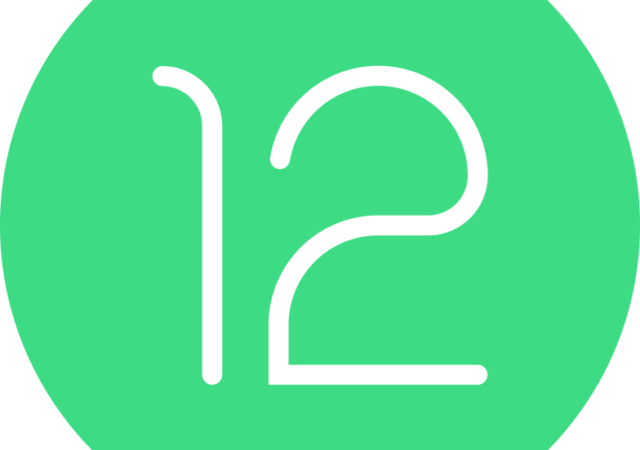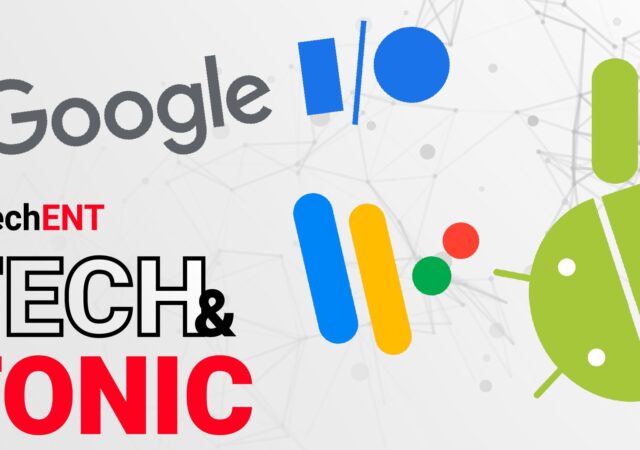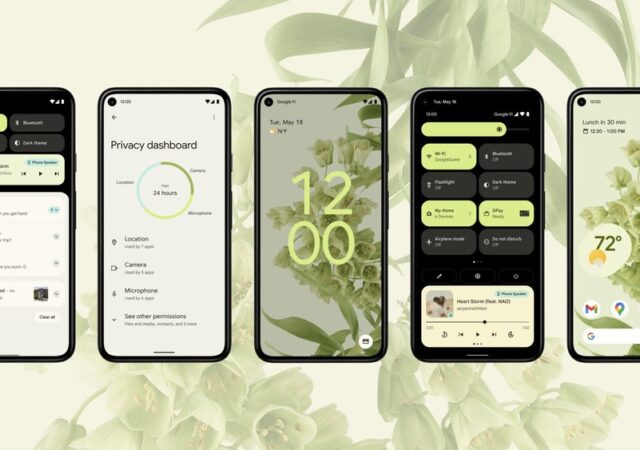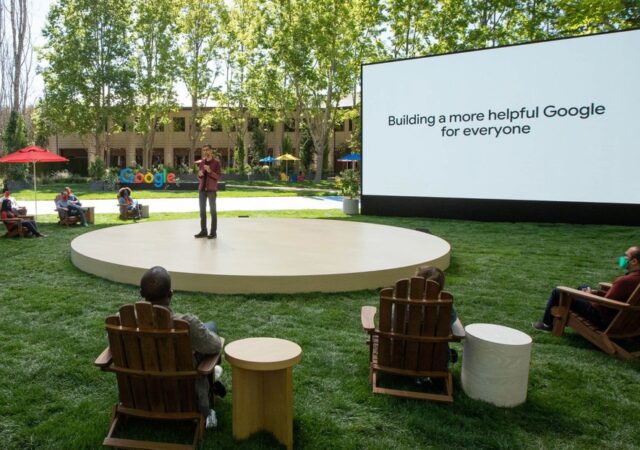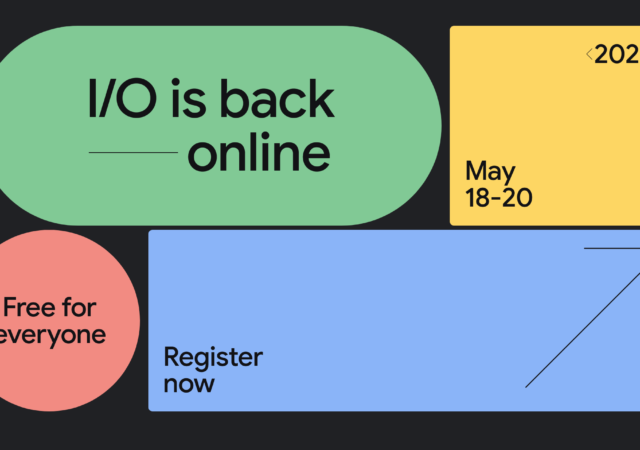Android 12 is undoubtedly the most anticipated Android operating system (OS) to date. It is not too difficult to see why it gained its popularity. Despite all the excitement though, it will be a few months before we see Android…
Tech & Tonic S02 Episode 13 – Our Google I/O 2021 Highlights!
In this episode of Tech & Tonic Podcast, we talk about Google I/O 2021 and what we think made the conference a great one.
[Google I/O 2021] Android 12 is a Big Visual Change for You
Google I/O sees the introduction to Android 12. The latest generation of the world’s most popular OS gets a major design overhaul.
Google I/O 2021: Everything You Need to Know
Google I/O 2021 proved to be the biggest one yet, not just in terms of numbers, but in terms of what they have announed for 2021 and beyond.
Google I/O 2021 Full Schedule is Out – What to Expect from Google in 2021
Google I/O is set to happen 18th May 2021 onward. The conference is expected to see a bunch of updates to Google’s ecosystem including Android



